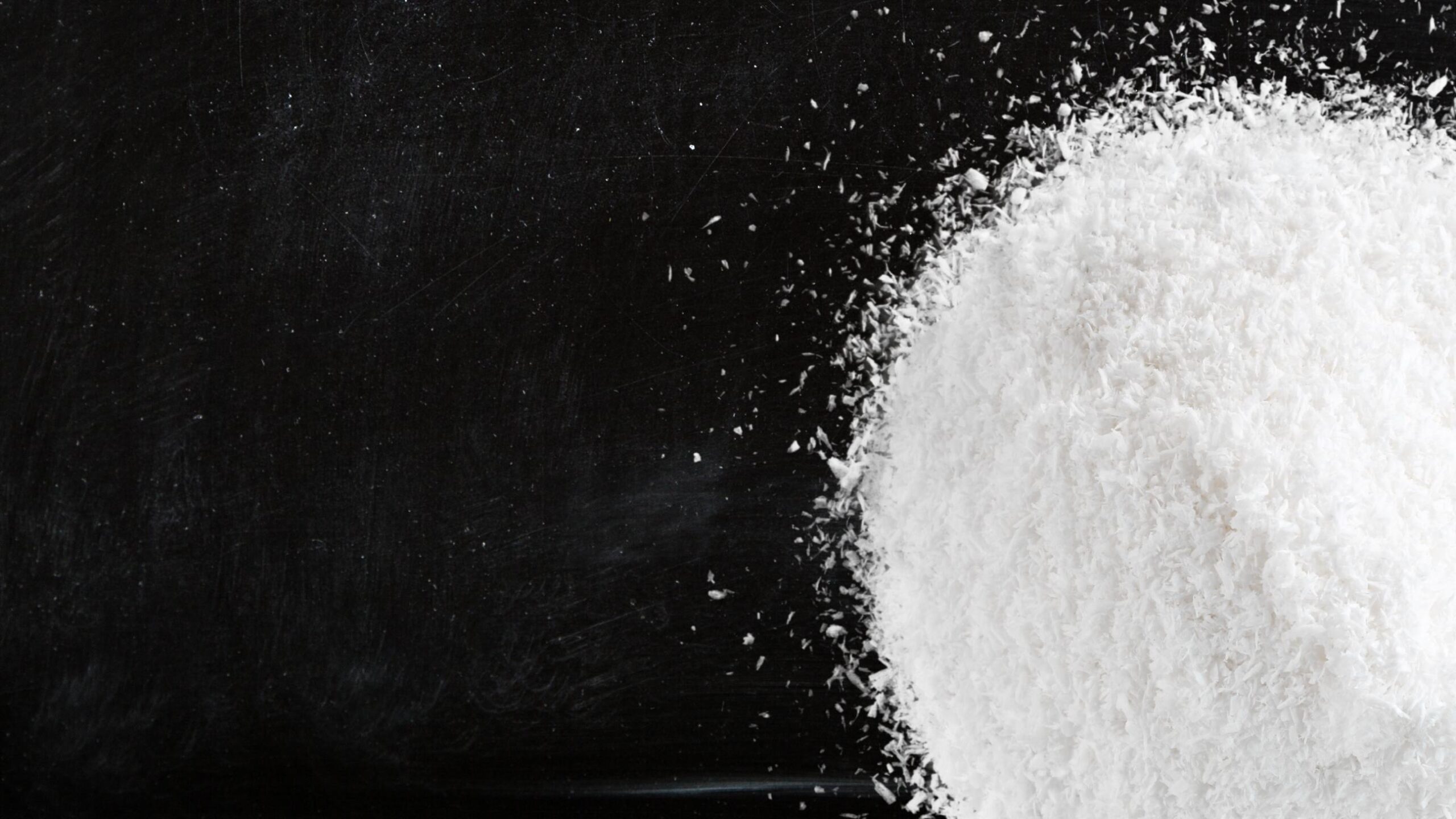The Scientific Advisory Group on Chemical Safety in Consumer Products (SAG-CS) is acknowledged as the UK’s counterpart of EU’s Scientific Committee on Consumer Safety (SCCS). GAC-CS assesses the chemical and biological risks of non-food and non-medicinal consumer products, including cosmetic products and their ingredients, and offers scientific opinions to the UK’s Office for Product Safety and Standards (OPSS).
The UK’s SAG-CS has recently published its final opinion on the use of Butylated Hydroxytoluene (BHT) in cosmetic products.
BACKGROUND
Butylated Hydroxytoluene or BHT (CAS No. 128-37-0) is a synthetic antioxidant which may be added to cosmetic products to improve their stability and prevent oxidation. Typical use concentrations of BHT across a wide spectrum of cosmetic product types, dermally applied, and spray products are 0.0002 – 0.8%. Oral products typically use a lower concentration of a maximal 0.1% in toothpaste and 0.001% in mouthwashes.
BHT is not currently regulated under the UK Cosmetic Products Regulation.
WHAT’S NEW?
SAG-CS members agreed that there would be no appreciable increase in health risk following
the addition of BHT at the following maximum concentrations:
- Hydroalcoholic-based fragrances (spray and non-spray): 0.8%
- Rinse-off skin and hair cleansing products; shower gel, hair conditioner, shampoo, hand wash soap: 0.8%
- Leave-on skin and hair products; body lotion (spray and non-spray), face cream, hand cream, deodorant (spray and non-spray), hair styling products (spray and non-spray): 0.8%
- Face make-up products; liquid foundation, lipstick / lip salve, make-up remover, eye-make up, mascara, eyeliner: 0.8%
- Oral care products 1) toothpaste: 0.1% 2) mouthwash: 0.001% 3) topical leave-on oral care product: 0.001%
Based on the limited available data, SAG-CS members did not consider BHT to show evidence for endocrine activity, considering that BHT use in consumer products may need to be further reviewed with respect to aggregated exposure from other sources, including foods.
References:





